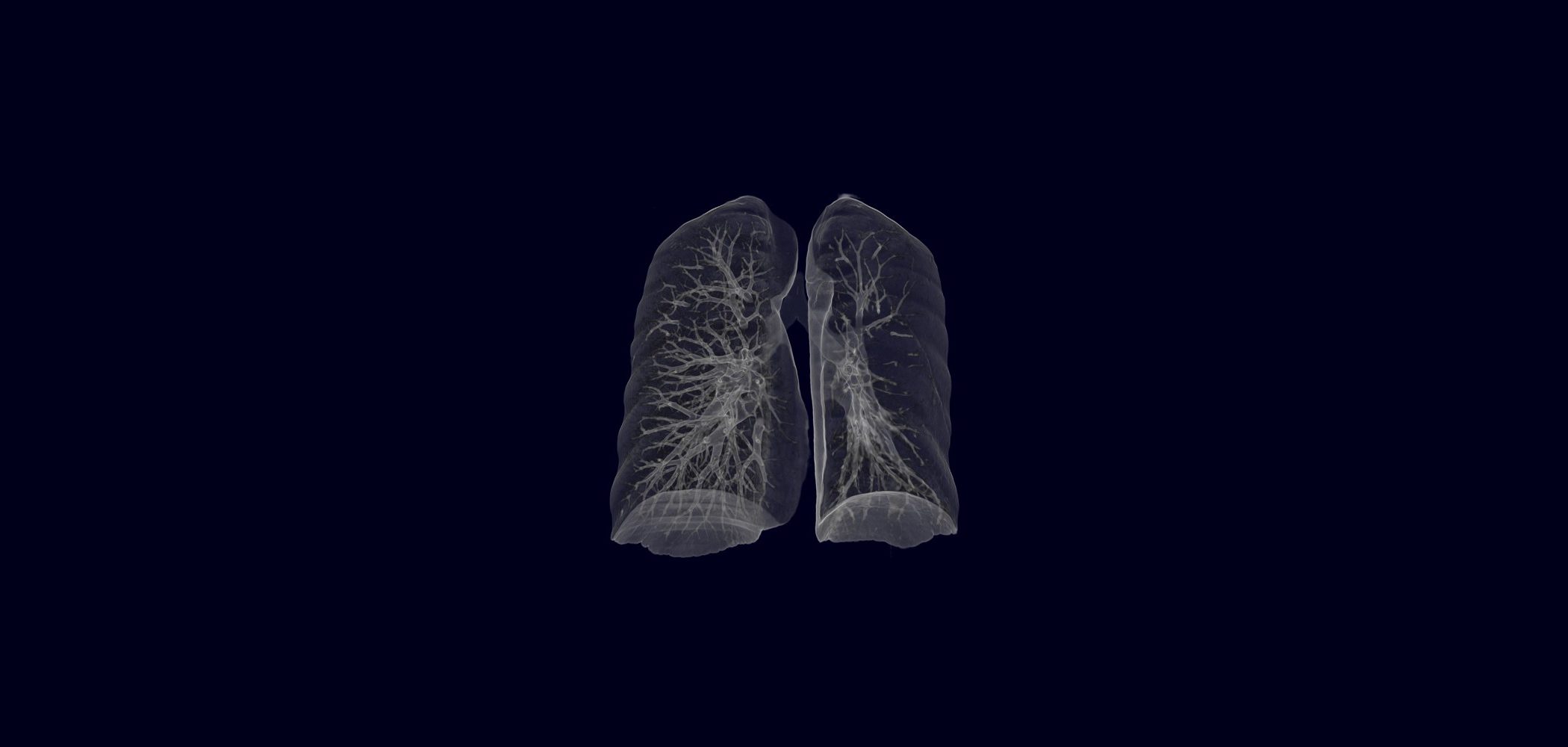The incidence and prevalence of chronic heart failure are positively correlated with age, although there are other risk factors such as obesity, diabetes and hypertension. In addition to the treatment of existing underlying diseases, early detection of heart failure is an important factor. Nowadays, a wide range of interventional measures are available. In addition to drug therapy with the so-called “Fantastic Four”, other pillars of treatment include devices and lifestyle factors.
Dr. Matthias Paul, Head of Heart Failure and Inpatient Cardiology at Lucerne Cantonal Hospital, gave an up-to-date overview of primary, secondary and tertiary prevention of heart failure [1]. In contrast to acute heart failure, in which the heart suddenly stops pumping enough blood through the body (e.g. after a heart attack), chronic heart failure develops over a longer period of time. It may initially go unnoticed. However, if the heart’s performance continues to decline, sooner or later noticeable symptoms will appear. Chronic heart failure mainly occurs in older people. While the prevalence in people under 55 is less than 1%, heart failure affects one in ten people over 70 [2].
Determine NTproBNP if heart failure is suspected
Chronic heart failure is a clinical syndrome that can have different causes. Multivariate analyses have shown that diabetes, hypertension, atrial fibrillation, coronary heart disease and a sedentary lifestyle are independent risk factors for heart failure [2]. Other risk factors include being very overweight (obesity), smoking and alcohol consumption. “We can achieve a great deal by improving prevention,” emphasized Dr. Paul [1]. In terms of lifestyle factors, regular exercise is an important factor, the speaker emphasized. Specifically, the recommendation is to incorporate 150-300 minutes of medium-intensity exercise (64-76% HRmax) or 75-150 minutes of high-intensity exercise (77-95% HRmax) into everyday life [1]. It is also important to recognize heart failure at an early stage, before patients are symptomatic, explained the speaker, adding: “The easiest way to recognize this is by the elevated natriuretic peptides” [1]. In patients with several risk factors (e.g. over 60-year-olds with predisposing underlying diseases), it is therefore recommended that NTproBNP is determined regularly. If the NT-proBNP is ≤125 pg/ml, heart failure can almost certainly be ruled out, the speaker explained.
Actively ask about possible indications of heart failure
The classic signs and symptoms of chronic heart failure are well known (Table 1) . Experience has shown that it is important to actively ask patients whether they have experienced a drop in performance or other symptoms that could possibly indicate heart failure. Patients often attribute such symptoms to the natural ageing process. One of the patient groups in which heart failure should be considered is COPD patients, reported Dr. Paul [1]. Sometimes acute heart failure episodes are misinterpreted as COPD exacerbations, the speaker explained [1].
The European Society of Cardiology (ESC) guideline published in 2021 is still up to date, even though an update on some points was published last year [3,4]. The diagnostic criteria have largely remained the same (Table 2). In contrast to HFrEF and HFmrEF, HFpEF is more difficult to diagnose, according to Dr. Paul [1]. It is necessary to demonstrate by echocardiography or otherwise that there are structural and/or functional changes associated with diastolic dysfunction and associated with elevated natriuretic peptides. Using the H2FPEF score, six routinely available parameters – four clinical and two echocardiographic – can be used to calculate the probability of the presence of HFpEF in patients with exertional dyspnea of unknown origin [5].
Exploiting multimodal treatment options
Dr. Paul emphasizes that various measures can be taken to counteract heart failure [1]. In addition to medication and devices/interventional therapy, lifestyle measures also play a not insignificant role. “What is often somewhat forgotten is rehabilitation,” says the speaker, adding: “Exercise also helps older heart failure patients” [1]. Nowadays, clinics also offer outpatient rehabilitation programs, for example. For drug therapy, a combination therapy with the so-called Fantastic Four is now considered the most effective treatment option, regardless of the ejection fraction. Specifically, this means using a beta-blocker and an SGLT-2 inhibitor in a first step, an ACE inhibitor or an angiotensin receptor neprilysin inhibitor (ARNI) in a second step and a mineralocorticoid receptor antagonist (MRA) in a third step. It is now generally accepted that this four-drug combination should be started as soon as possible, as the benefits can be seen within the first 30 days of treatment. It is recommended to titrate up to the maximum tolerated dose, the speaker explained [1]. What to do if patients have hypotension? This is often the case, especially in patients with advanced heart failure, said Dr. Paul. If the hypotension is not symptomatic, there is no need to change the heart failure therapy [1]. If blood pressure is found to be too low without symptoms, he recommends first repeating the measurement and, if necessary, carrying out a 24-hour measurement [1]. Patients with low blood pressure and associated symptoms can be switched to other medications that are not absolutely necessary and have a blood pressure-lowering effect. “If the blood pressure still remains low and symptoms are present, the first step is to reduce the diuretics,” advised Dr. Paul [1]. Only then should the other medications be adjusted; first halve the dose and, if possible, maintain all four. For HFrEF patients, the speaker recommended switching from an ACE-i to a fixed combination of sacubitril/valsartan [1]. It is important to take a 36-hour break in between, otherwise there is a risk of angioedema. Experience has shown that most HFrEF patients on the fixed combination of sacubitril/valsartan have significantly fewer symptoms and a better quality of life, reported Dr. Paul. Studies have also shown that patients live longer and die less frequently from sudden cardiac death [1]. The results of the large randomized controlled multicentre PARADIGM-HF study [8] were particularly decisive in this context.
Literature:
- McMurray JJ, et al.: PARADIGM-HF Investigators and Committees. Angiotensin-neprilysin inhibition versus enalapril in heart failure. N Engl J Med 2014; 371(11): 993–1004.
- «Chronische Herzinsuffizienz: Prävention, Früherkennung und Behandlung», Dr. med. Matthias Paul, SGAIM Frühjahrskongress, 29.–31.05.2024.
- Ruiz-García A, et al.: Heart Failure Prevalence Rates and Its Association with Other Cardiovascular Diseases and Chronic Kidney Disease: SIMETAP-HF Study. J Clin Med 2023 Jul 26; 12(15): 4924.
- McDonagh TA, et al.: 2021 ESC Guidelines for the diagnosis and treatment of acute and chronic heart failure. Eur Heart J 2021; 42: 3599–3726.
- McDonagh TA, et al.: ESC Scientific Document Group. 2023 Focused Update of the 2021 ESC Guidelines for the diagnosis and treatment of acute and chronic heart failure. Eur Heart J 2023; 44(37): 3627–3639.
- Reddy YNV, et al.: A Simple, Evidence-Based Approach to Help Guide Diagnosis of Heart Failure With Preserved Ejection Fraction. Circulation 2018; 138(9): 861–870.
- Formiga F, et al.: Diagnosis of heart failure with preserved ejection fraction: a systematic narrative review of the evidence. Heart Fail Rev 2024; 29(1): 179–189.
- ESC Pocket Guidelines, https://leitlinien.dgk.org,(last accessed 19.06.2024).
HAUSARZT PRAXIS 2024; 19(7): 26–27 (published on 22.7.24, ahead of print)
CARDIOVASC 2024; 23(2): 18–20














